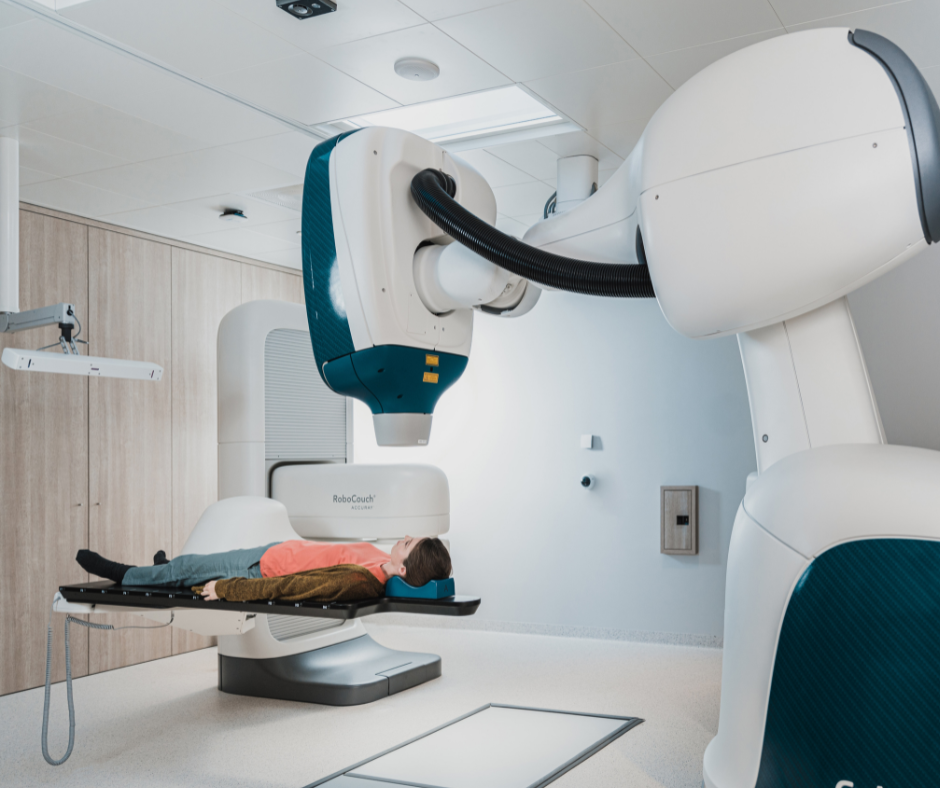Ryan Beechinor, PharmD, BCPS, BCOP
Palbociclib (Ibrance, Pfizer) is FDA-approved for the treatment of human epidermal growth factor receptor 2-negative (HER2-) breast cancer both as initial endocrine-based therapy as well as for patients with disease progression following endocrine therapy.1 Palbociclib is a cyclin-dependent kinase 4/6 (CDK 4/6) inhibitor, and it works by reducing proliferation of breast cancer cell lines by preventing progression from the G1 to the S cycle phase.1 Radiotherapy (RT) remains an integral part of the treatment of breast cancer, and therefore clinicians are often faced with a decision of whether to hold the palbociclib for concurrent radiation.
Generally speaking, CDK4/6 inhibitors are not thought to be radiosensitizers based on some limited data. A small case series as well as several retrospective reviews of patients receiving concurrent CKD4/6 and RT did not show any significant increased risk for toxicity. Most of the serious adverse events occurred in patients with large target volumes.3-6 Of note, there is a compelling case report published of a patient getting RT to a pelvic/femur region who needed to be admitted for pancolitis; based on this, the authors recommended against concomitant use.7 Interestingly, some centers still recommend holding the CDK 4/6 inhibitor in this scenario. There were 2 separate reviews of the literature on this topic published in 2020 and 2021. The authors made the following recommendations:
- “Our approach is to hold these agents for 1 week prior, [during,] and 1 week after radiation, when feasible.”8
- “Most pre-clinical data showed CDK4/6i have a synergistic radiosensitizing effect. Such data seems to be in accordance with retrospective clinical studies, which show that more than 10% of severe toxicities occur in radiation fields. Precautionary principle requires CDK4/6i are suspended 5 half-lives before and after radiotherapy.”9
At UC Davis, our general approach to this decision is patient specific. If the patient suffered from toxicities during previous cycles of palbociclib, and/or the radiation field is large or includes the pelvic region, we feel the risks of continuing therapy outweigh the potential benefits. Alternatively, if the patient has been tolerating previous cycles without adverse effect, and the RT planned field is small and doesn’t include the pelvis, we often don’t recommend interrupting therapy.

References
- Ibrance (palbociclib) [product monograph]. Kirkland, Quebec, Canada: Pfizer Canada ULC; July 2021.
- Hans, S., Cottu, P., Kirova, Y. M. (2018) Preliminary results of the association of Palbociclib and radiotherapy in metastatic breast cancer patients. Radiotherapy and oncology: journal of the European Society for Therapeutic Radiology and Oncology, 126(1), 181.
- Chowdhary, M., Sen, N., Chowdhary, A., Usha, L., Cobleigh, M. A., Wang, D., Patel, K. R., Barry, P. N., & Rao, R. D. (2019). Safety and Efficacy of Palbociclib and Radiation Therapy in Patients With Metastatic Breast Cancer: Initial Results of a Novel Combination. Advances in radiation oncology, 4(3), 453–457.
- Ippolito, E., Greco, C., Silipigni, S., Dell’Aquila, E., Petrianni, G. M., Tonini, G., Fiore, M., D’Angelillo, R. M., & Ramella, S. (2019). Concurrent radiotherapy with palbociclib or ribociclib for metastatic breast cancer patients: Preliminary assessment of toxicity. Breast (Edinburgh, Scotland), 46, 70–74.
- Figura, N. B., Potluri, T. K., Mohammadi, H., Oliver, D. E., Arrington, J. A., Robinson, T. J., Etame, A. B., Tran, N. D., Liu, J. K., Soliman, H., Forsyth, P. A., Sahebjam, S., Yu, H. M., Han, H. S., & Ahmed, K. A. (2019). CDK 4/6 inhibitors and stereotactic radiation in the management of hormone receptor positive breast cancer brain metastases. Journal of neuro-oncology, 144(3), 583–589.
- Beddok, A., Xu, H. P., Henry, A. A., Porte, B., Fourquet, A., Cottu, P., & Kirova, Y. (2020). Concurrent use of palbociclib and radiation therapy: single-centre experience and review of the literature. British journal of cancer, 123(6), 905–908.
- Dasgupta, A., Sahgal, A., Warner, E., & Czarnota, G. J. (2021). Safety of palbociclib concurrent with palliative pelvic radiotherapy: discussion of a case of increased toxicity and brief review of literature. Journal of medical radiation sciences, 68(1), 96–102.
- Witt, J. S., Wisinski, K. B., & Anderson, B. M. (2021). Concurrent Radiation and Modern Systemic Therapies for Breast Cancer: An Ever-Expanding Frontier. Clinical breast cancer, 21(2), 120–127.
- Bosacki, C., Bouleftour, W., Sotton, S., Vallard, A., Daguenet, E., Ouaz, H., Cojoracu, I., Moslemi, D., Molekzadehmoghani, M., & Magné, N. (2020). CDK 4/6 inhibitors combined with radiotherapy: A review of literature. Clinical and translational radiation oncology, 26, 79–85.







